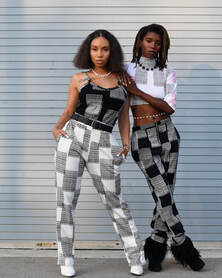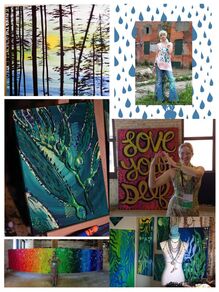STOP LOOKING INTO OTHERS FOR WHAT CAN ONLY BE FOUND WITHIN YOU. As I reflect on how far I’ve come since first changing my philosophy on fashion and careers in 2014 it is abundantly clear that standing on my own values is as challenging as it is rewarding. I’m building something great but I am constantly humbled by the decision to follow my heart. Building your own business can be so isolating it hurts. I am in awe of just how much I’ve accomplished and the support you’ve shown. So in the give and take of it all - I am grateful to be right here exactly where I am right now. It is so easy to get caught up in the glitz and glamour of ‘it all’ or being perfect. I'm so happy to be me and be alive.
0 Comments
|
About the Author & Artist
Megan LaCroix also known as Citrine is the daughter of a Navy Veteran. She’s lived all over the US but has roots in Michigan where her family is from. Spending summers in Northern Michigan exploring nature inspired her to create art work starting with jewelry and photography. She’d spend hours looking for rocks and creating assorted beaded jewelry with her sisters. In 2014 She graduated from University of Michigan School of Art & Design with a BFA then moved to Detroit where she is currently living and working. She is a multi-media artist with ever expanding skills but is best known for her jewelry, screen printing, photography, and paintings. Detroit Graffiti has a significant influence on her painting and drawing style. She’s participated in ArtPrize 2015 & 2021 and currently has a studio in the Village Arts Factory of Canton, MI. Archives
March 2024
Categories
All
|


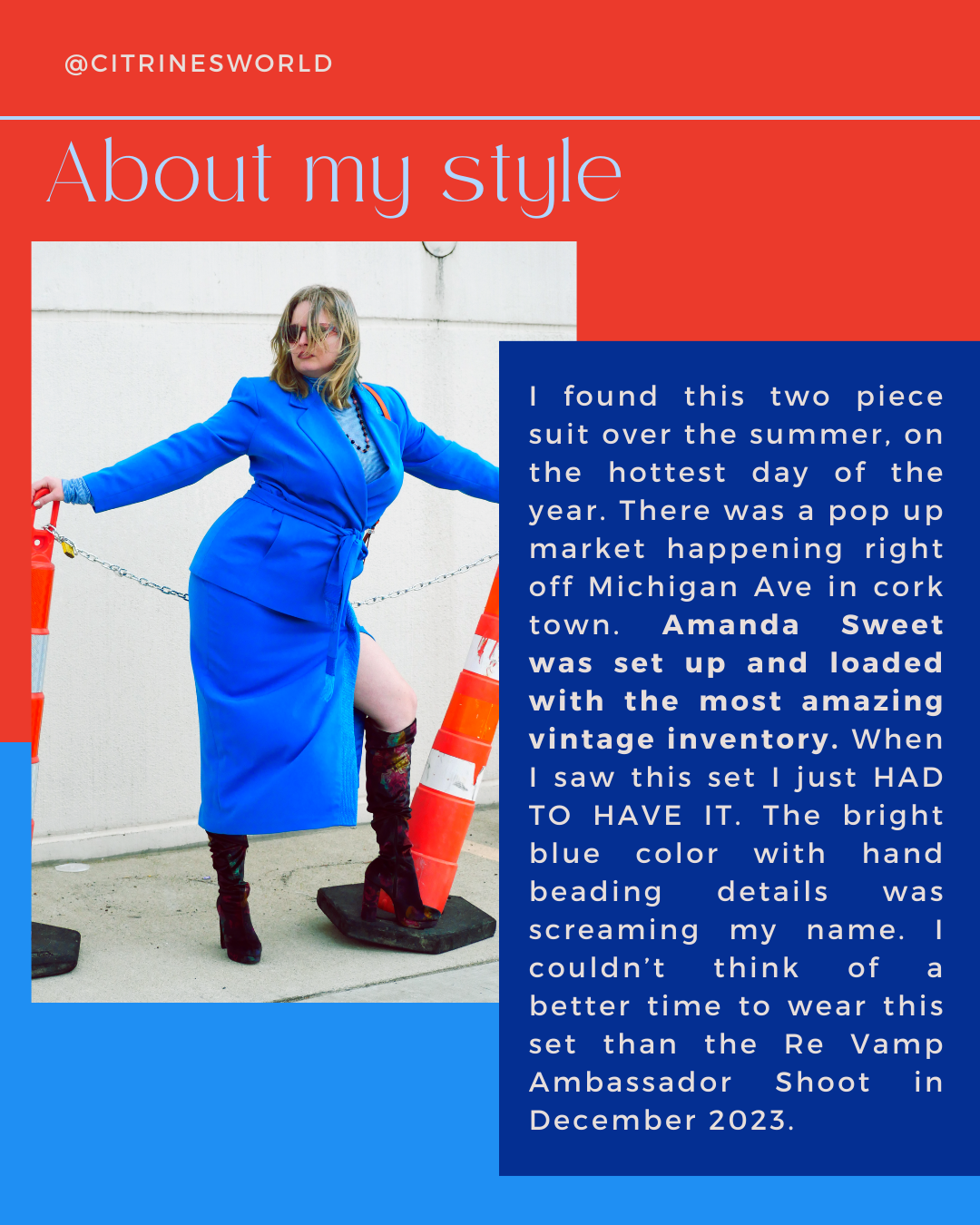
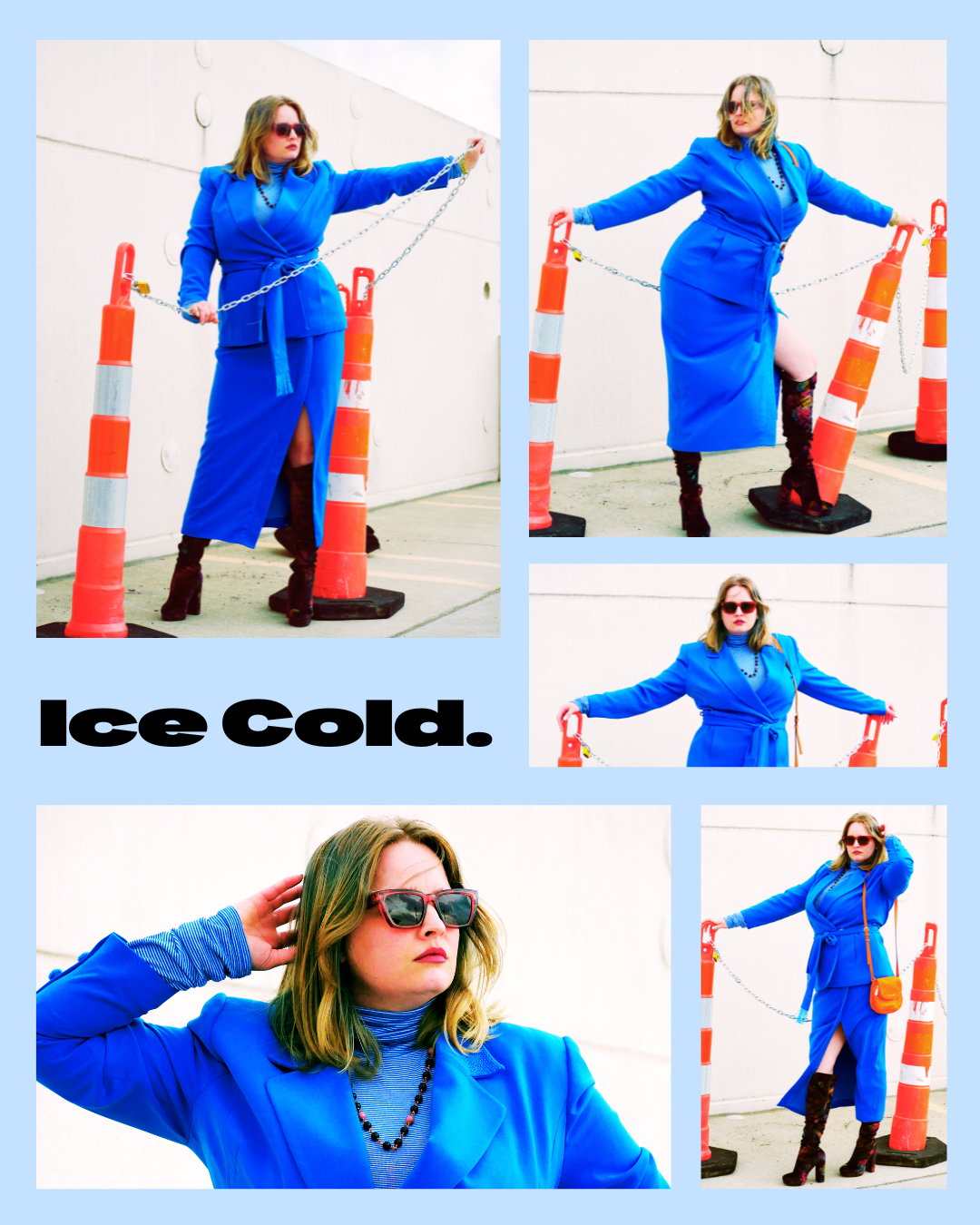
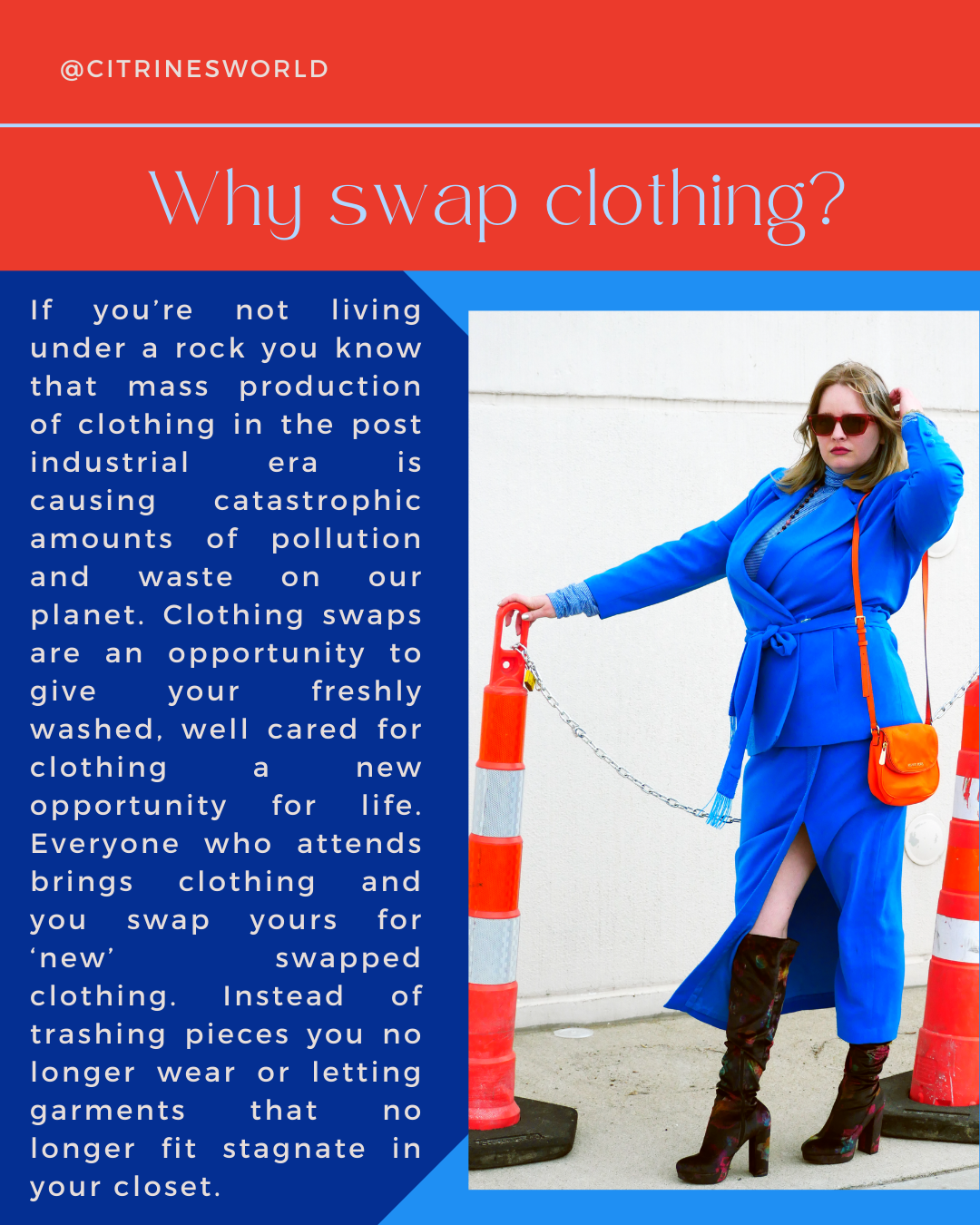
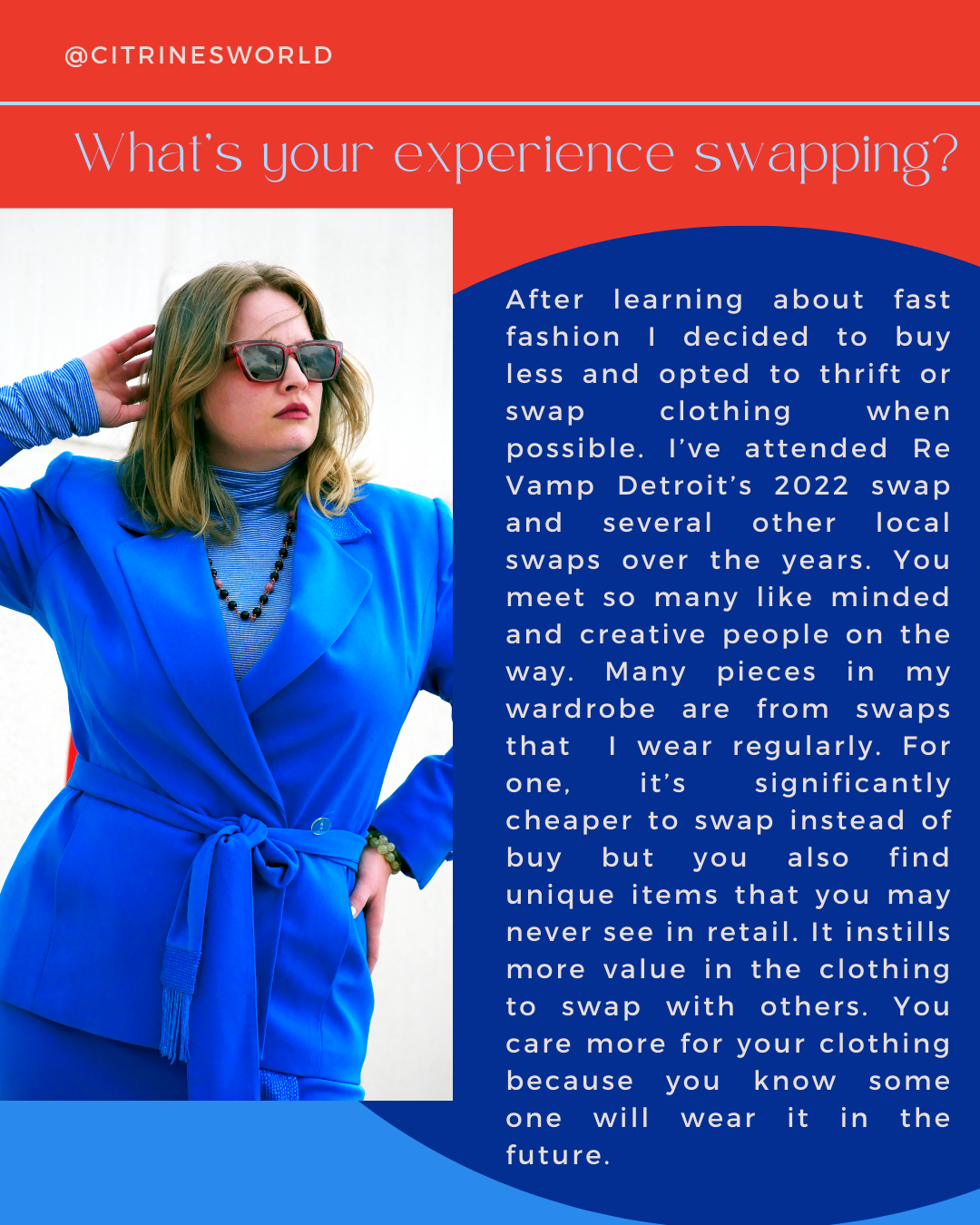
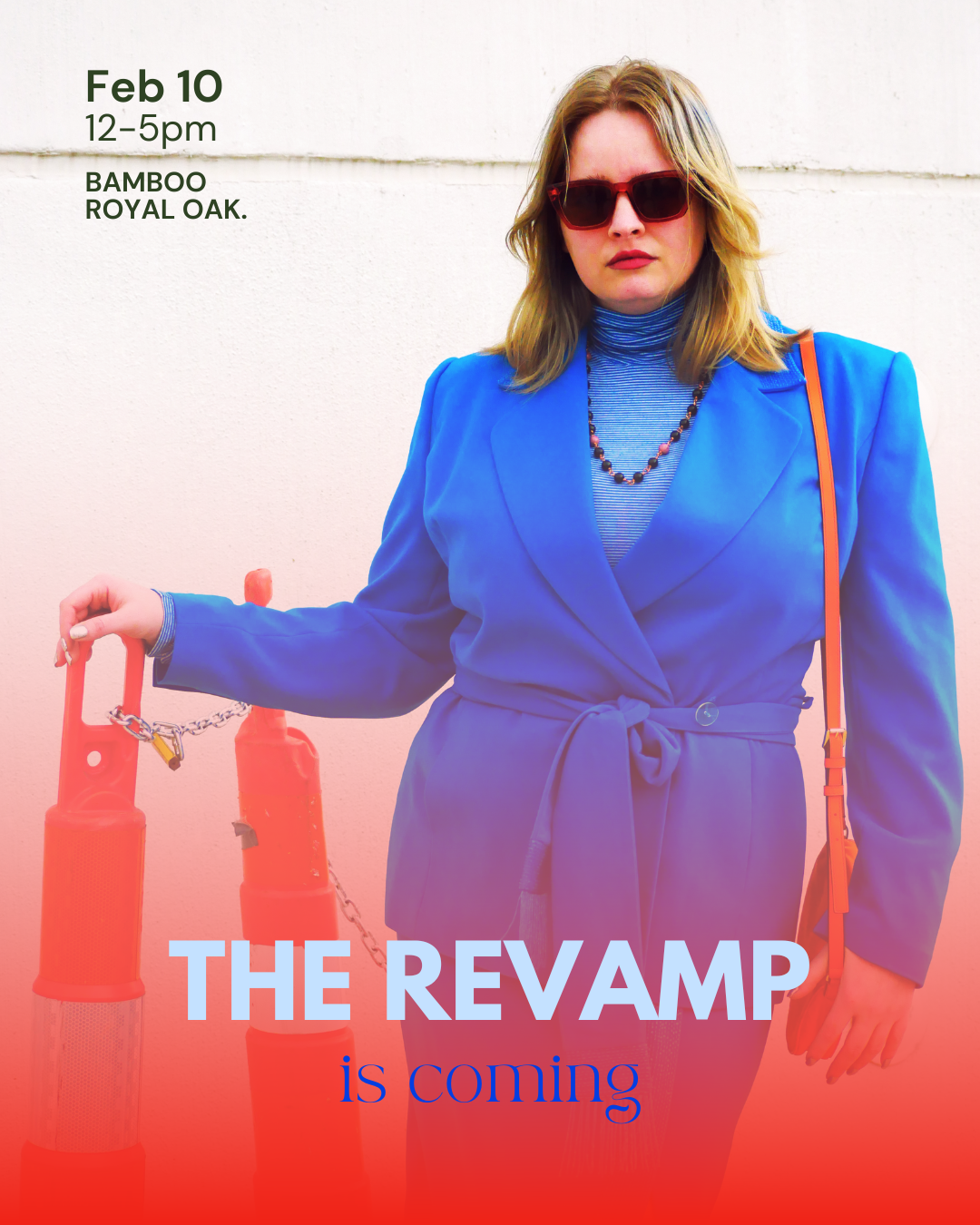
 RSS Feed
RSS Feed
